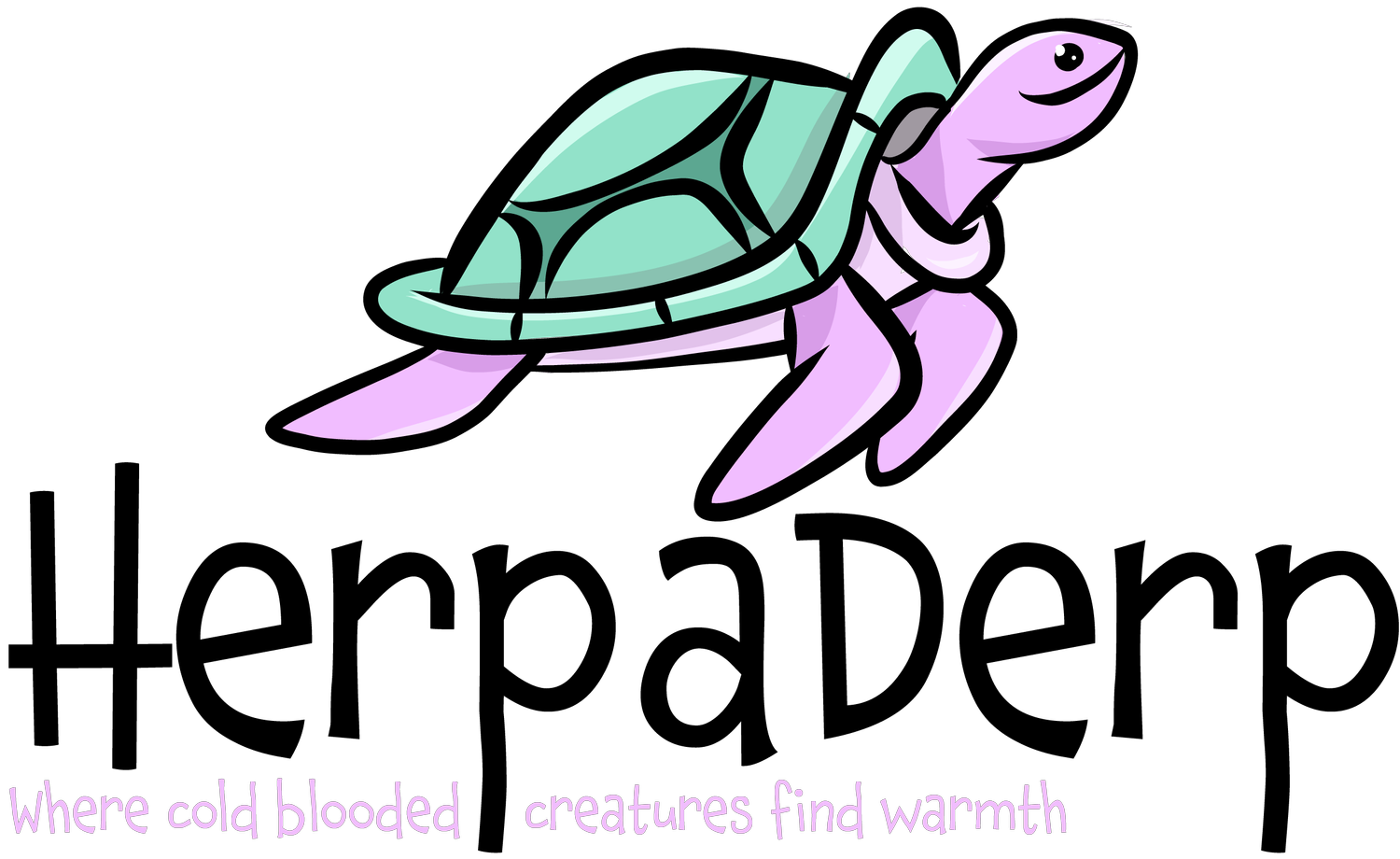Emerald Swifts are beautiful and unique-looking arboreal lizards that require specific care to thrive in captivity. Here are some tips on how to care for them:
Appearance: Emerald Swifts have elongated bodies, large heads, and a bright green coloration. They have long tails that can reach up to twice their body length. Males typically have a slightly larger head than females.
Lifespan: Emerald Swifts have an average lifespan of 8 to 10 years in captivity, but can live up to 15 years with proper care.
Enclosure: The enclosure for an Emerald Swift should be tall, as they are arboreal, with plenty of branches and foliage to climb and hide in. A minimum enclosure size of 18” x 18” x 24” is recommended for one adult, but the larger the enclosure, the better. A screen top is required to provide proper ventilation.
Lighting and Heating: Emerald Swifts require a basking spot of 85-90°F, and an ambient temperature range of 75-85°F during the day. Nighttime temperatures can drop to 70-75°F. UVB lighting is recommended to provide necessary Vitamin D3, but it is important to research the specific lighting requirements for your species.
Humidity: Emerald Swifts require moderate humidity levels of 50-70%. Misting the enclosure once or twice a day can help maintain proper humidity levels.
Feeding: Emerald Swifts are insectivores and require a diet of gut-loaded insects, such as crickets, roaches, and mealworms. Offer food every other day, and dust the insects with calcium and vitamin D3 supplements twice a month.
Water: A water dish large enough for the Emerald Swift to soak in is required to maintain proper hydration and humidity levels. Change the water daily and clean the dish weekly.
Handling and Sociability: Emerald Swifts are not recommended for handling, as they are delicate and can easily become stressed. They are not social animals and should be kept alone, unless for breeding purposes.
Bioactive Setup: To create a bioactive enclosure for an Emerald Swift, a substrate of organic soil or coconut coir can be used, mixed with clean up crew members like springtails, isopods, and earthworms. Live plants such as pothos, ficus, and bromeliads can be added to the enclosure to provide cover and humidity. The bioactive system can help maintain proper humidity levels and reduce the need for frequent substrate changes.
Fun Fact: Emerald Swifts are known for their impressive jumping abilities, and can jump up to six times their body length in one leap!
